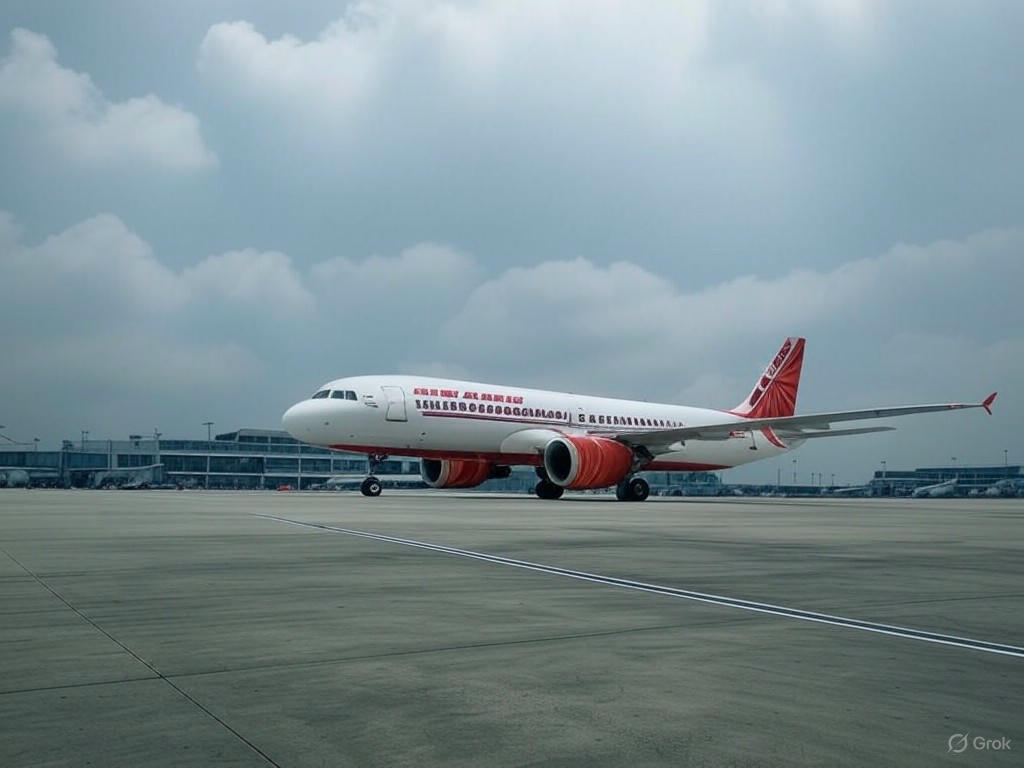Air India Grapples with Delays and Safety Concerns After Tragic Incident
In the wake of a devastating aviation tragedy, Air India finds itself at the center of operational challenges and heightened scrutiny. A fatal crash on June 12 has shaken the airline industry in India, prompting the nation’s aviation authorities to mandate rigorous safety inspections across Air India’s Boeing 787 Dreamliner fleet. While the move aims to ensure passenger safety, it has led to significant disruptions, with flight delays and cancellations becoming a daily frustration for travelers. The ripple effects of these inspections are being felt by thousands of passengers, many of whom are voicing concerns over the reliability of the airline during this turbulent period.
The intensified checks, ordered by the India Directorate General of Civil Aviation, are a direct response to the recent incident that claimed numerous lives. While the exact cause of the crash remains under investigation, preliminary reports suggest potential mechanical or operational issues that could have contributed to the disaster. As a precautionary measure, Air India has grounded several aircraft for detailed assessments, stretching the airline’s resources thin. This has resulted in a domino effect of scheduling issues, with some passengers stranded at airports for hours, while others face last-minute cancellations without clear alternatives. Social media platforms are abuzz with complaints, as travelers express frustration over poor communication and inadequate support from the airline during this crisis.
Beyond the immediate logistical headaches, the situation has sparked a broader conversation about aviation safety standards in India. Air India, a carrier with a storied history, has been under pressure to modernize its fleet and improve operational efficiency, especially after its privatization in 2022. The current disruptions have reignited debates over whether the airline is equipped to handle such crises while maintaining public trust. Industry experts argue that while safety must remain the top priority, the airline needs to balance these inspections with better contingency planning to minimize passenger inconvenience. Some suggest that Air India could leverage partnerships with other carriers to reroute affected passengers or invest in more robust customer service systems to manage the fallout.
As Air India works to navigate this challenging chapter, the focus remains on restoring confidence among its customer base. The airline has issued public statements apologizing for the disruptions and assuring travelers that safety is their utmost concern. However, rebuilding trust will require more than words—it will demand transparency about the findings of the ongoing investigations and tangible improvements in service delivery. For now, passengers are left hoping for a swift resolution, while the airline faces the daunting task of balancing safety imperatives with operational stability. The coming weeks will be critical for Air India as it seeks to emerge from this crisis stronger and more reliable, proving that it can weather the storm without leaving its customers behind.


